Most solar panels come with a 25-to-30-year warranty, but they may realistically last 25 to 40 years or more. Panels will, however, slowly begin to degrade over time, meaning they may produce less energy. Solar panel degradation rates are constantly improving, currently the standards are between 0.1 to 0.8% loss per year. To determine the projected output of your solar panels after a certain number of years, you can simply multiply the degradation rate by the number of years you are interested in and subtract that number from 100%. So, if your panel manufacture predicts 0.5% degradation, at 25 years it will produce 87.5% as it did when first installed.
Because they have no moving parts, if no damage occurs due to wind, debris or environmental factors, solar panels can continue to produce power for many decades. Manufacturers generally offer both an equipment warranty, to certify against defects, and a performance warranty, to guarantee that your panels will produce a certain amount of electricity. Your solar panel’s performance warranty, which typically lasts 25 years, can give you a better sense of how much electricity to expect from your solar panel system over time.
And what about the carbon footprint of your solar panels? The 25 to 30 year lifespan of a solar panel is actually significantly longer than the “energy payback time,” or EPBT. EPBT is the amount of time it takes for a solar panel to produce enough clean electricity to “pay back” the energy that was used to manufacture it in the first place. In 2010 an analysis from Brookhaven National Laboratory found that the EPBT of a solar panel is just six months. With the latest technology that number that has most likely fallen as panel manufacturing becomes more efficient.
So, what are you waiting for? Get on board, save money and do-right for the environment long into the future!
STAY IN THE LOOP
Subscribe to our free newsletter.
California’s Net Energy Metering (NEM) policy is designed to encourage the use of solar energy by crediting solar panel owners for the excess electricity their systems generate. The policy has undergone several updates over the years, with the latest version, NEM 3.0, which was recently passed. So, how will NEM 3.0 affect home solar systems […]
Generating power from the sun may be without cost, but the technology behind this process is not. The reality is a solar system is a significant investment. Like purchasing a home, it has an upfront cost but pays off in the long term. A solar installation is a small construction project with each module containing […]
Going solar offers homeowners many great benefits. One of the best — for those who can take advantage of it — is net metering (also called net energy metering). With net metering, homeowners get credited for the extra energy their solar system produces that is sent back to the electric grid. Usually, you are credited […]
Buying or selling a home is always a significant life change. There are lots of things to consider when you are planning to relocate. What to do about your solar system may be one of them. But it doesn’t have to feel daunting. Realtors and homeowners are also becoming savvy about the value of solar […]





